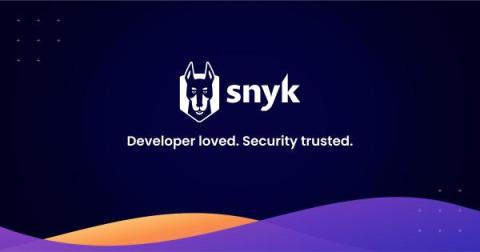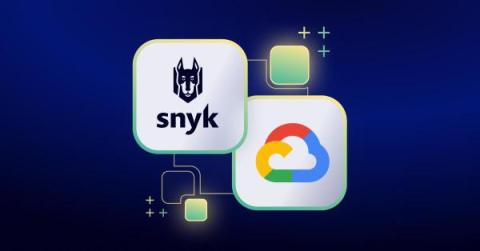360 degrees of application security with Snyk
Application development is a multistage process. The App goes through various stages, each with its own area of focus. However, application security, a.k.a. AppSec, is constant throughout all the stages. For example, when a developer codes, it’s expected that the code will be secure. Similarly, the artifacts that are worked upon or generated as an end output of the respective stages are all required to be secure.










